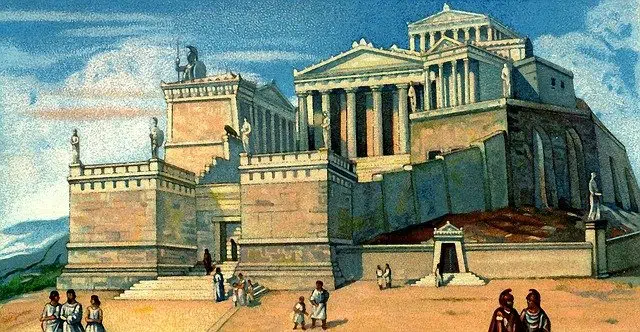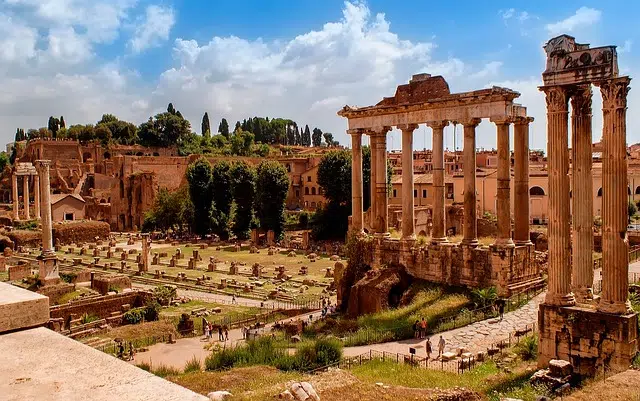
Commoners occupied the lower stratum of society.
Plebeian , which comes from plebeius (a Latin word), is an adjective that applies to one or that which belongs to the plebs . The plebs, for their part, are the social class that occupies the lower zone in the pyramid of society .
The term was common in ancient times, when social classes were well differentiated and mobility between one and another was impossible. At that time, it was easy to distinguish between the nobles , the religious , the military and the commoners .
Plebeians in Ancient Rome
According to the terminology used in classical Roman historiography, the plebeian did not have gens , the social system or civil grouping of Ancient Rome, comprised of a number of families that shared a surname; In other words, this figure of society (the plebs) did not have its origin in the patrician families, those who were responsible for founding Rome and, at least initially, were not considered part of the Roman people or its curiae (subdivision of the tribe-like people).
Continuing with this conception of the term commoner, its etymology suggests for certain scholars the connotation of "son of the earth ", without a defined ancestor; This is opposed to the patricians, who were linked to the Olympian gods, belonging to ancient Greece , among whom were Zeus, Poseidon, Ares, Apollo, Heracles and Athena.
Incorporation into public records
It is important to clarify that the status of foreigners ceased to be valid over time, and the plebeians were considered part of Rome, citizens with political rights (although not as many as other classes) and obligations (mainly, to perform military service).
Traditionally, the inscription of this social class in public records is attributed to Servius Tullius, the sixth king of the Empire, who ruled between 578 and 537 BC. C., until his daughter, Tullia, took his life so that his son-in-law, Tarquinius the Proud, could occupy his throne. For this reform, Servius relied on an ancient classification that recognized, among others, the following trades, which became part of the plebs of the ancient world: merchants, flutists, artisans, shoemakers, potters, goldsmiths, carpenters, tanners and bronzers.

In Ancient Rome, plebeians were considered those who did not belong to patrician families.
Differences between commoners
One of the main characteristics of commoners was that they could not exercise certain civil rights that were reserved exclusively for the rest of the classes. This led, over time, to various revolts and struggles through which commoners demanded more rights and equal treatment.
It should be noted, however, that not all commoners were equal. Some members of the plebs were rich and had great social influence; others, however, did not have any property and lived in absolute poverty. Within the plebs, it is possible to distinguish between the following four groups:
* homines novi : there were not many but they had great influence and important capital. Successful soldiers and politicians emerged from this group;
* equites : they had enough capital to perform military service in cavalry;
* adsidui : small landowners with the obligation to enroll in infantry regiments, for which they used to incur too many debts and become, as a consequence, clients of a rich man;
* proletarii : they did not have any good.
The term today
Nowadays, the notion of commoner is sometimes used to mark an opposition between people who lack noble titles and those who are part of the monarchy or nobility.
When the Argentine Máxima Zorreguieta married Prince William , emphasis was placed on the union between a commoner and a member of the monarchy of the Netherlands . The same thing happened when the commoner Letizia Ortiz married Prince Felipe , the son of the King of Spain .
